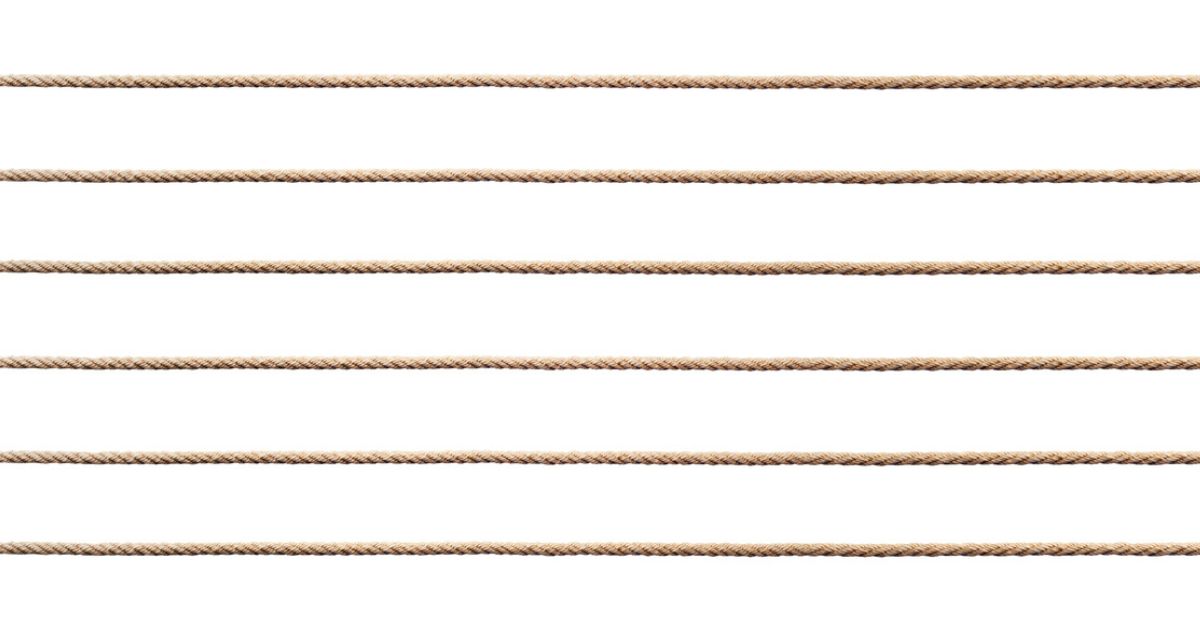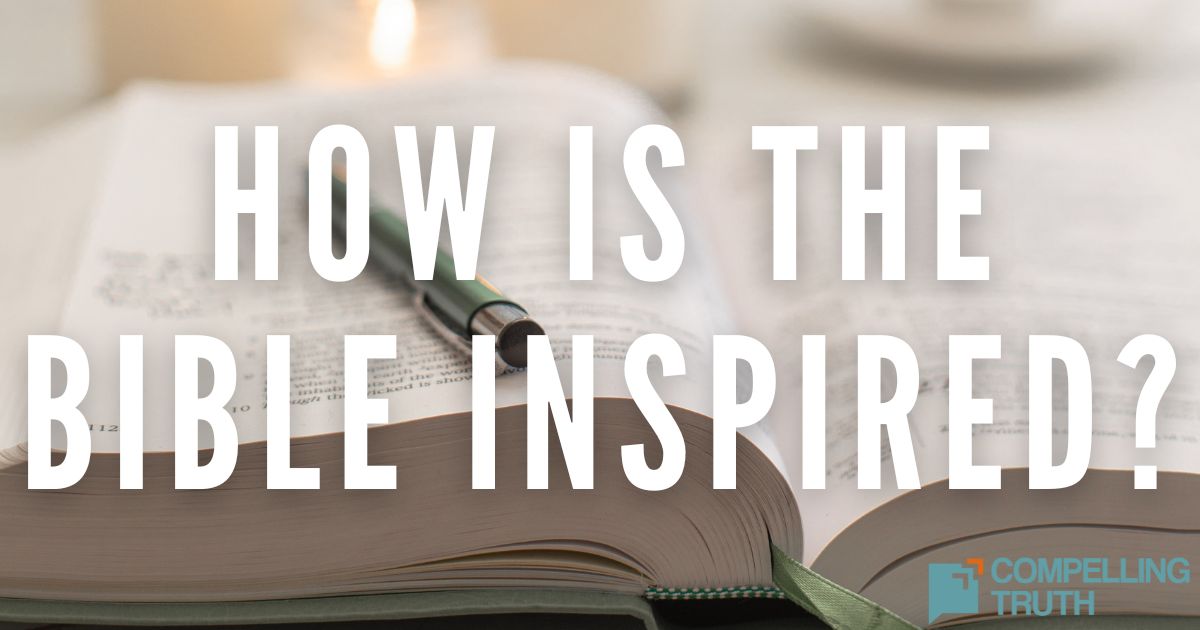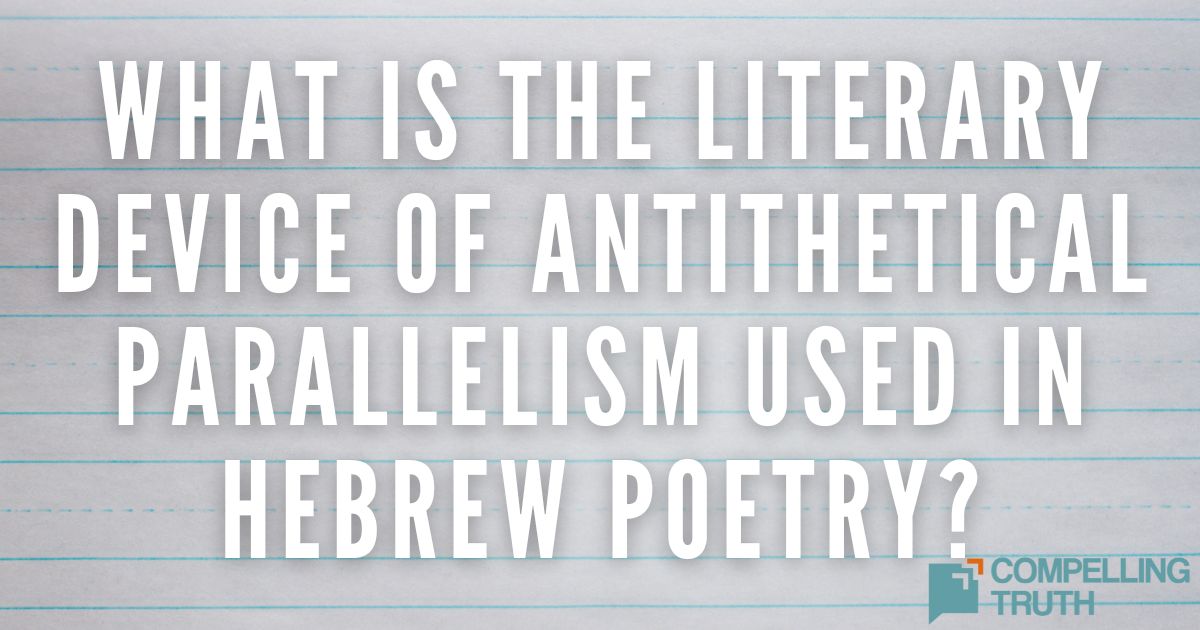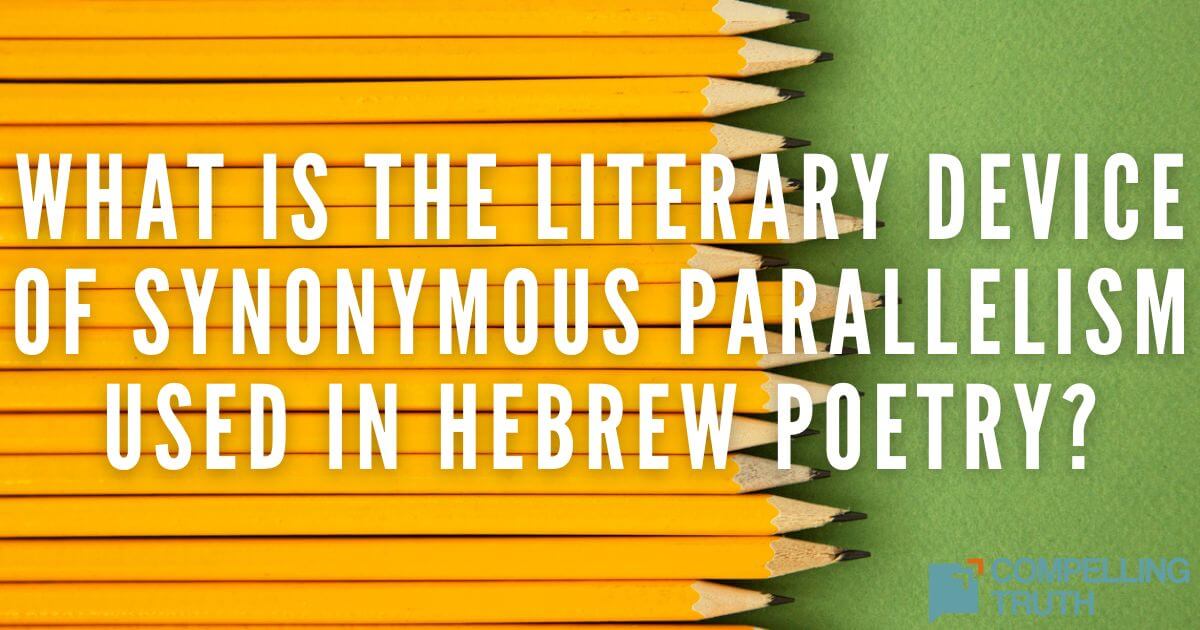what does the bible say?
Parallelism is a poetic literary device that is used to strengthen an idea. Hebrew poetry in the Old Testament wisdom books, including Psalms and Proverbs, uses several forms of parallelism, including emblematic parallelism. Emblematic parallelism is constructed with a symbol or a metaphor (an emblem) that is placed side by side (in parallel) with its meaning.
Emblematic parallelism is also known as "parallelism of comparison" because it relies on similes or metaphors to draw a direct comparison between two things. This structure uses familiar, concrete imagery to illustrate abstract spiritual, moral, or practical truths, making complex ideas more vivid and memorable. It is distinct from synonymous parallelism, where the second line repeats the first with slight variation, and antithetical parallelism, where the second line contrasts the first.




